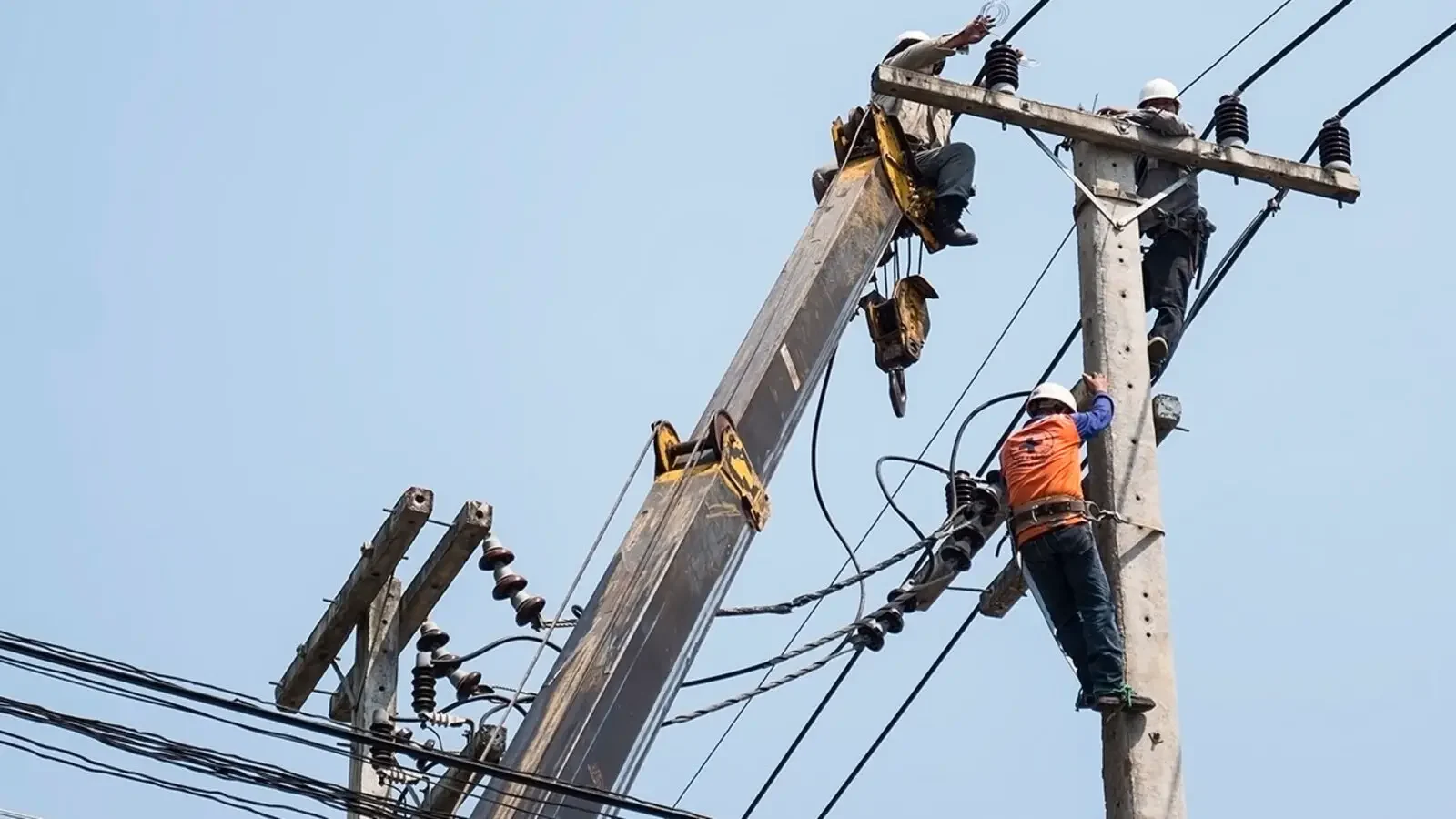Share
For the first three months of 2024, the Ugandan government has stated that electricity rates for small and medium-sized businesses will be lowered. In an effort to assist small and medium-sized businesses (SMEs), the Electricity Regulatory Authority (ERA) announced a 1.8 percent rate decrease for commercial and a 2.8 percent reduction for medium-sized companies. It is anticipated that this action will save over 5,000 enterprises in different sectors within these industries Shs40.32 billion annually.
Large industrial, extra-large industrial, medium industrial, and commercial businesses will all profit from the weighted average drop of 1.6 percentage points. The head of ERA, Dr. Sarah Kanaabi Wasagali, stressed that the pricing changes are in line with expectations for demand growth in 2024, which is anticipated to increase by 9.53 percent.
The government focuses on SMEs in order to promote economic growth, even as it maintains rates for home customers and street lights. Customers of domestic energy who buy more than 15 units of power are also eligible for a 1 percent rate decrease.
The Uganda Electricity Generation Company Limited (UEGCL), Uganda Electricity Transmission Company Limited (UETCL), Uganda Electricity Distribution Company Limited (UEDCL), and Umeme Limited submitted applications for reviews beginning in September 2023 provided the basis for the tariff adjustments. Section 10 (f&g) of the energy Act 1999 (As Amended) and the related licenses require an annual review of energy pricing based on petitions from industrial stakeholders, which mandates this regulatory process.
Dr. Wasagali made it clear that the tariff determination takes into account the cost of acquiring electricity from generation facilities, taking into account the estimated power quantities needed by end users as well as the generation rates specified in the relevant licenses and electricity Purchase Agreements.
The government intends to keep invoicing industrial customers with projected increases in electricity use at US 6.85 cents per unit during peak and shoulder hours. In line with the government’s overarching plan, every home will have power by 2030, an extra 1.5 million residences will be connected to the grid, and the electrification rate will rise from 28 to 50 percent. It is anticipated that the country’s installed capacity will reach at least 2000 MW upon the completion of the Karuma dam.
The government released the Energy Policy 2023 in October of last year, with the goal of facilitating socioeconomic development by increasing access to power for residences, commercial buildings, industrial parks, and refugee/host communities. This policy is in line with Uganda’s Vision 2040.









